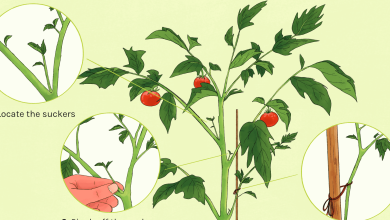Cactus care, the natural survivor
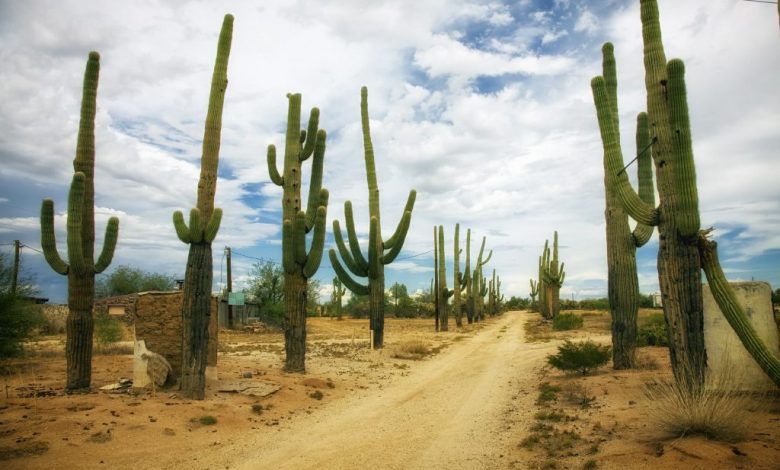

They are usually the wild card of those who are reluctant to take care of plants, but they also have a legion of unconditional fans. But let’s not get confused: although it is true that caring for cacti is simple, let’s not lose sight of the fact that they have very specific needs. Some that we must know in depth to fully enjoy them, especially if the title of «plant killer» hovers over us. If you have ever sung the “even the cacti are dying” do not get frustrated: killing a cactus is, in fact, much simpler than it seems. Something that can be avoided by thoroughly knowing its requirements.
But it is not the only myth that surrounds them. For many people, cacti are boring plants: a prejudice that is broken as soon as we delve into this botanical family that has been able to adapt to the most extreme conditions on the planet. And we don’t just talk about your needs. We refer, in fact, to its own vegetal evolution. They not only store water in their tissues or have developed spines to avoid being devoured: also, over the millennia, they have thickened their skin or arranged vegetable wool around their spines to protect themselves from the sun. Are they amazing or not?
So, whether for practicality, for its diversity of forms or, simply, because we want to enjoy them, it is convenient to know in depth the care of cacti. A way to serve them as they demand but, above all, to make the most of their uniqueness.
HOW TO CARE FOR CACTUS: 4 FUNDAMENTAL ASPECTS
As we said, how to take care of a cactus does not entail a great difficulty. However, apart from knowing in detail what they need, there is another aspect that we cannot ignore. Although most of them have similar needs, it is essential to know the specifics of each cactus to avoid disappointment. We refer, fundamentally, to three of their most important requirements: the light they demand, the watering they need and the temperatures they are capable of withstanding. A compelling reason to investigate what type we have in hand and act accordingly, as our colleague Cristina recommends in this video about types and care of cacti.
Precisely because of this detail, avoid treating them equally, and although it is surprising, in this list of cactus care we are not going to delve into the temperature. The reason? While most cacti appreciate warm temperatures and have trouble surviving below seven degrees, we can’t generalize. There are cacti that tolerate cold and even frost; so, once again, we return to the starting point: nothing like knowing the characteristics of each spice to treat it as needed.
Having made this point, let’s see in depth what these plants need in general to live and grow. Of course: they are not suitable for the impatient. With few honorable exceptions, such as Euphorbia or Ripsalis, they take their time to develop.
1. The location, always bright
It is one of the most important cactus care for its well-being. All of them, regardless of the type, need a good daily dose of light. And here we will have to know exactly what the type that we have demands, since while some need direct sun, others do not tolerate it.
Apart from thoroughly knowing the demands of the plant that we have, there is a way to get an idea of the tolerance and need for sun that a cactus may have. If it has a good number of thorns and, in addition, they are strong; or if it has the villi so characteristic of this botanical family, it is more than likely that it will tolerate full sun without problems. However, if it lacks thorns, it is advisable to find a bright location without direct sun.
2. The planting space, one of the most important cares for the cactus
It is vital! It is enough to think of two of their characteristics to get an idea of what the soil in which they grow should be like. The first: that, naturally, they live in the most hostile environments on earth. But it is not the only thing that gives us an important clue: the fact that they store water and do not tolerate excesses is a true guide to which of all the types of substrates for plants is the ideal for them.
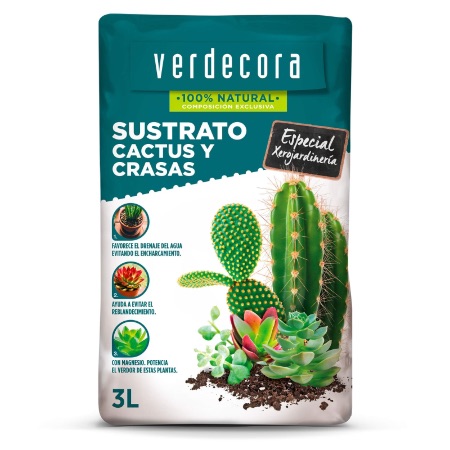
For them, the ideal is to choose a specific substrate for cacti and succulents. A mixture specially designed to facilitate the evacuation of excess irrigation water and thus prevent the roots from rotting. But it is not the only function of this type of land. It is important to know that cacti do not have deep roots. A natural mechanism that allows them to store the water and humidity that reaches the surface of the substrate. For this reason, the land that houses them has another role: to prevent the compaction of the land and thus favor the absorption of water.
Just as important as the substrate and its characteristics is ensuring that our plant has good drainage. Something that we can achieve by including volcanic clay in the base of the pot
3. Irrigation, scarce and according to each time of the year
Overwatering or watering at the wrong time are two of the main reasons why cacti die. For this reason, in general terms we will have to have two very clear things: that, with them and with respect to irrigation, less is more; and, also, that in winter this task is practically anecdotal. But let’s see it in detail.
The ideal way to water a cactus is to water it in depth and only when the substrate is completely dry. And no: it is not worth going by the surface. Before throwing away the watering can, it is advisable to check that the lower layers are also.
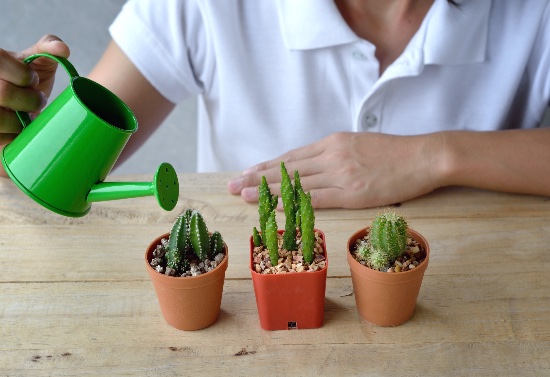
Regarding the irrigation guideline, we will always have to adapt it to seasonality. In hot months and always after having checked the humidity of the substrate, we will water once a week. With the arrival of autumn, we will begin to space out this irrigation pattern so that, during the coldest months of winter, we stop it completely. The main reason: our plant will be in full vegetative rest.
Remember something vital: the sum of cold and environmental humidity can be lethal if we water our cacti.
4. The subscriber, a specific task that we cannot forget
There is a false belief that cacti do not need fertilizers… and it is not exactly so. Although it is true that they grow in poor soils, renewing and providing them with nutrients is essential for the well-being of our plants. As important as the how is, again, the when.
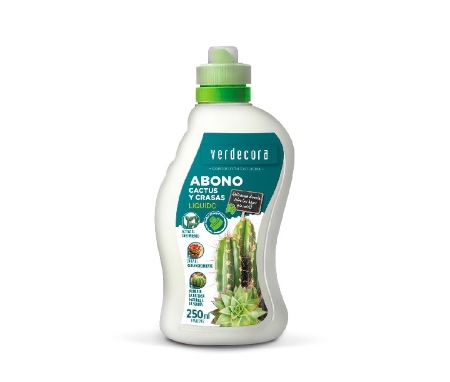
With the arrival of spring, our cactus will appreciate a monthly dose of a specific fertilizer for this type of plant. Not only will it help it grow during its development period, but it will also encourage flowering: one of the best kept secrets of cacti. In addition and with the arrival of autumn, it is worth using earthworm humus to progressively enrich the soil of our plant.
AND WHAT ARE THE CARE OF THE POTTED CACTUS?
Exactly the same as planted in soil!
If we decide to grow them in containers, we will only have to take extreme precautions with two aspects. The first: to ensure that the drain perfectly fulfills its function. And it is logical: planted in the ground, our cactus may have some opportunity to avoid excess water since the substrate around its roots can lose moisture, wetting the surrounding one. Inside a pot, this is impossible.
And, closely linked to this, it is essential to choose the most suitable for this type of plant among the different types of pots. Which one are we talking about? Of the clay pots: containers that, thanks to the porosity of the material with which they are made, will facilitate the evaporation of humidity and keep the roots fresh.
Four simple care, whether in the ground or in a pot, with a single objective: to fully enjoy these incredible plants, their colors and shapes.

![Photo of Cabrahigo: [Characteristics, Cultivation, Care, Pests and Diseases]](https://www.complete-gardening.com/wp-content/uploads/2022/08/cabrahigo-characteristics-cultivation-care-pests-and-diseases-185x220.jpg)
![Photo of Lippia Nodiflora: [Characteristics, Cultivation, Care and Disadvantages]](https://www.complete-gardening.com/wp-content/uploads/2022/08/lippia-nodiflora-characteristics-cultivation-care-and-disadvantages-390x220.jpg)

